music
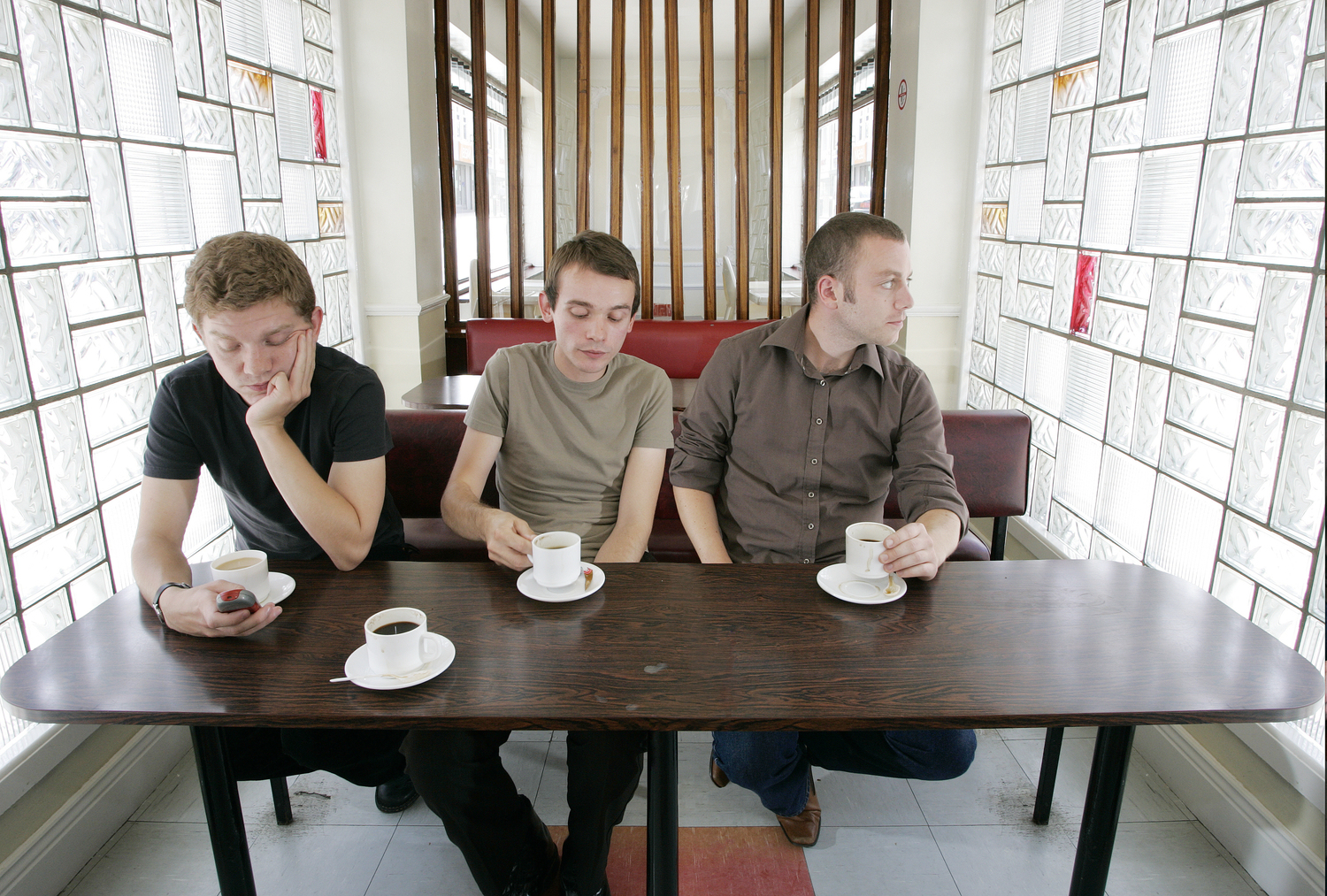
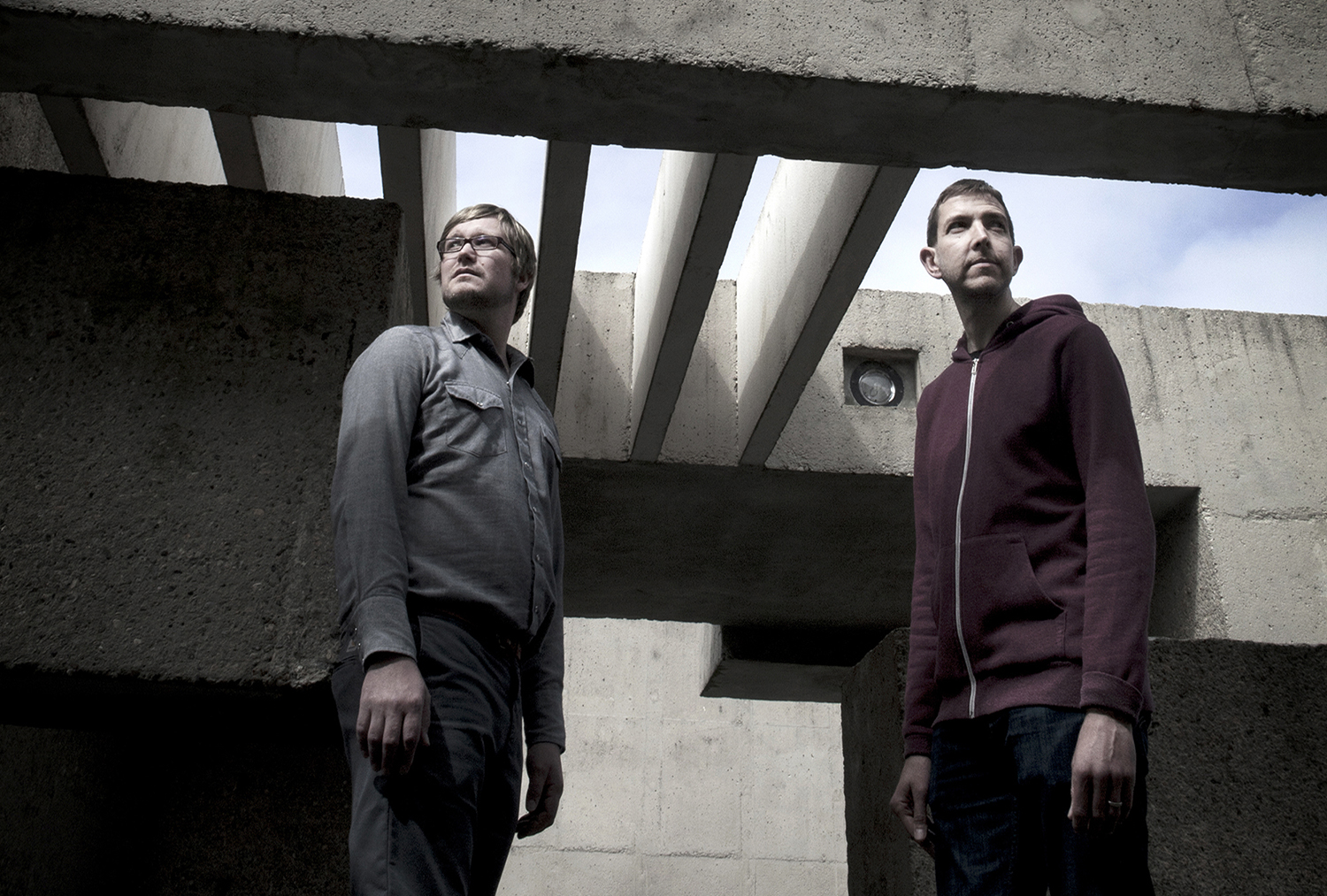
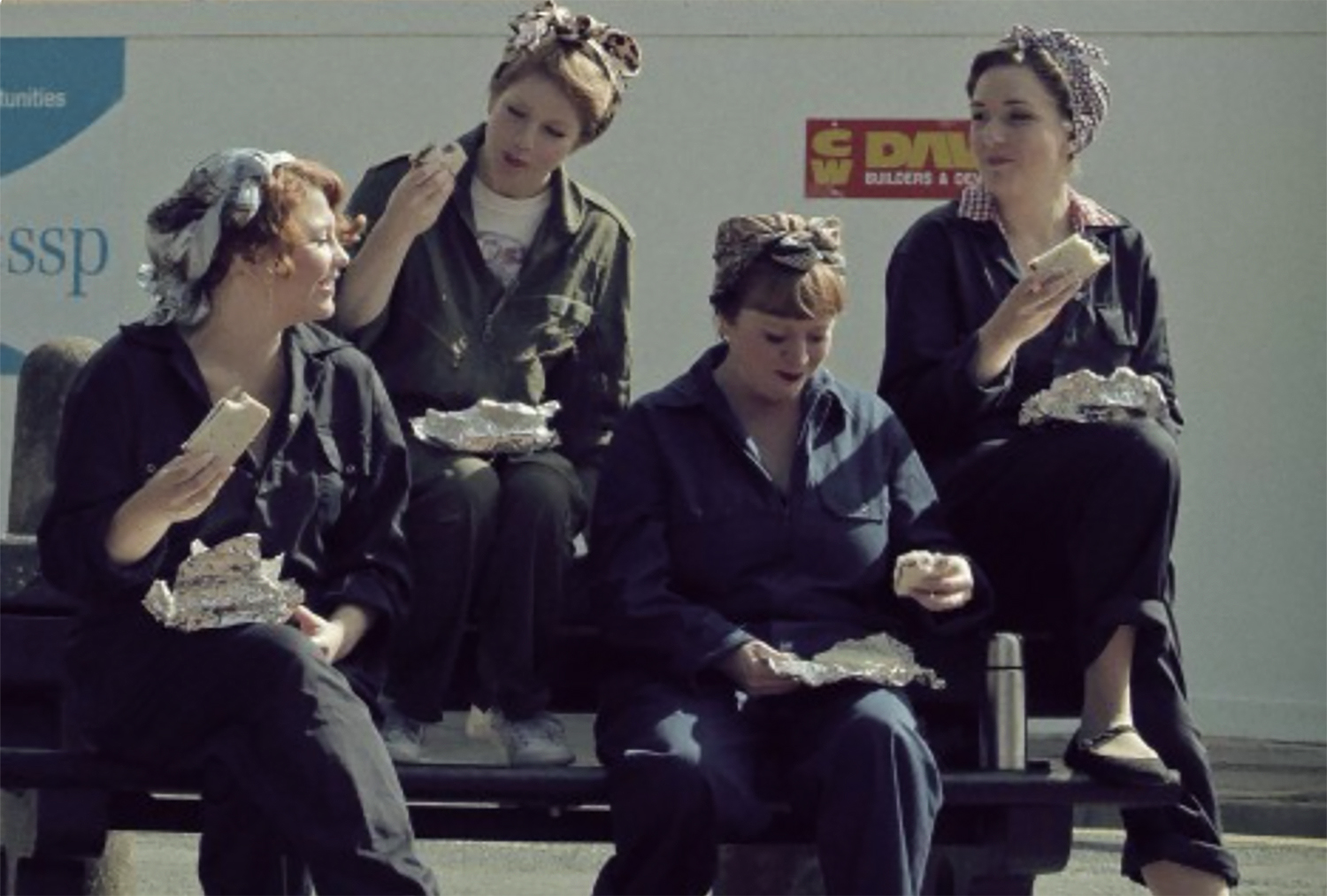



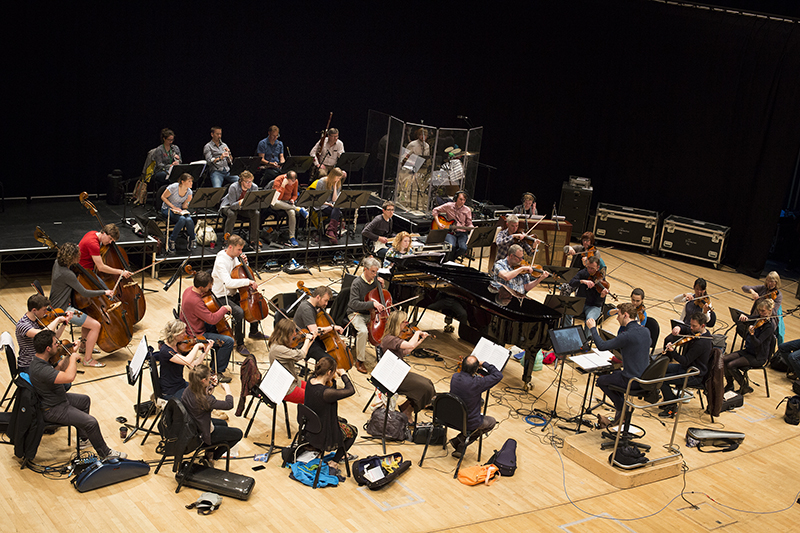
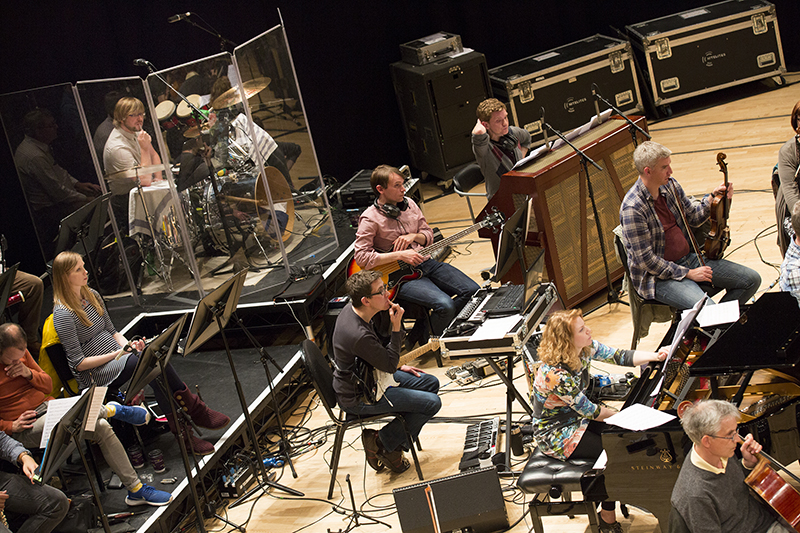
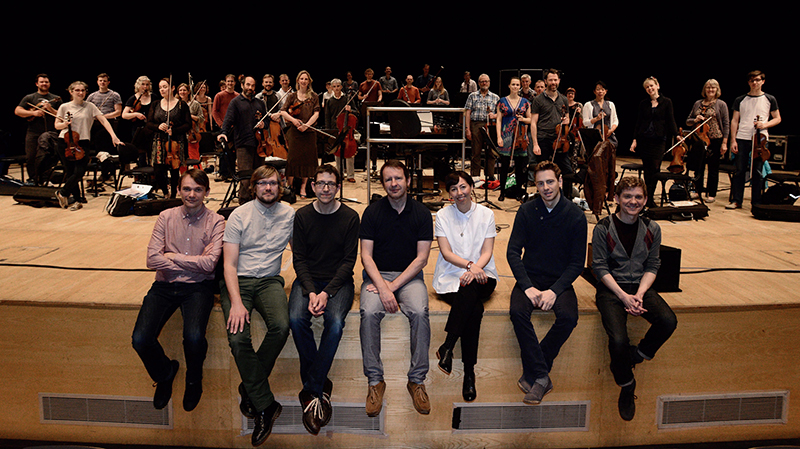
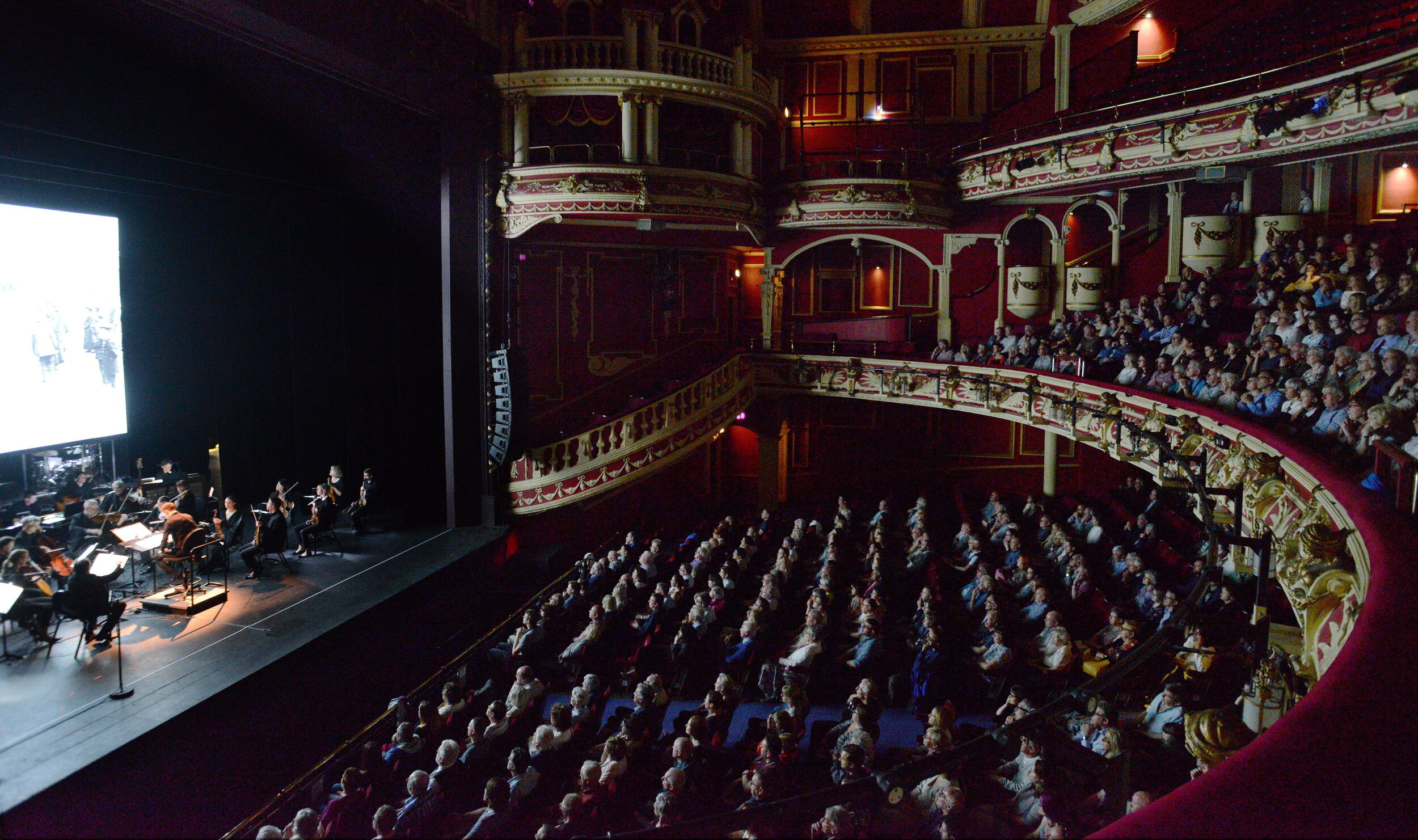
“We've always been interested in art, film and music projects where the process can take the music off in unpredictable and exciting directions. So working with a film artist of Esther Johnson's calibre was very appealing. Plus the chance to work again with Field Music, and for the first time with an orchestra, made this an unmissable opportunity for us - working with an orchestra opens up new worlds of possibility.”
— Steve Jefferis from Warm Digits
“The first thing was to get a style and the style we all decided to write to was an orchestral style that was around in 1911. We put together a playlist that included Debussy and music of the period. The music for Asunder is woodwind driven, and we denied ourselves brass, so the score is basically strings and woodwind. The concept was galvanised in a set of meetings at the beginning of the project. We’d then keep looking at the DropBox Esther set-up in which she was adding all sorts of files, text, articles from the Sunderland Echo, photographs of people she was looking at for the storylines, and stories that she’d find in the archive. So we were finding out stories of these people’s lives effected by war that Esther found in the archive. In the film she tells the mundane part of their lives up until the more dramatic parts, so it might be the story of someone working on a tram, and then later this thing happens, so it’s very kitchen-sink at the beginning and then these moments of drama come later…It was a really great project to be involved in discovering all these stories, and you’re thinking about history here a hundred years ago. I felt very privileged to represent some of those people’s lives with the understanding we have now of mental health, and the women’s movement, and the damage of war. We can now look in hindsight, so it’s nice to be able to have these people who were ignored being brought to life in this film with their story told in a dignified way.”
— Andrew Hodson from Warm Digits
“One of the things which intrigued me especially about this project was our love of the orchestral music from that period. Stravinsky’s The Rite of Spring premiered in 1913, Schoenberg’s Pierrot Lunaire in 1912. Bela Bartok and Maurice Ravel were composing, as was Claude Debussy, so it was a time of huge change in harmony and composition and we’ve dipped into that period for inspiration a lot.”
— Peter Brewis from Field Music
“The chance to write something completely new and play it with an orchestra doesn’t come around very often. And as we heard about the plans for the film, the idea of telling a more complete story about our home town and how the war affected it was very appealing. There’s nothing quite like hearing a full orchestra right in front of you."
— David Brewis from Field Music
“Royal Northern Sinfonia is thrilled to be involved in this commission which marks an important point in our collective history. As well as establishing itself as one of the leading chamber orchestras in Europe, giving concerts in its iconic home Sage Gateshead, in concert halls, community centres and churches through the North East, and touring the world, Royal Northern Sinfonia has forged a reputation for unusual collaborations. We jumped at the chance to work on Asunder.”
— Thorben Dittes, Director of the Royal Northern Sinfonia
